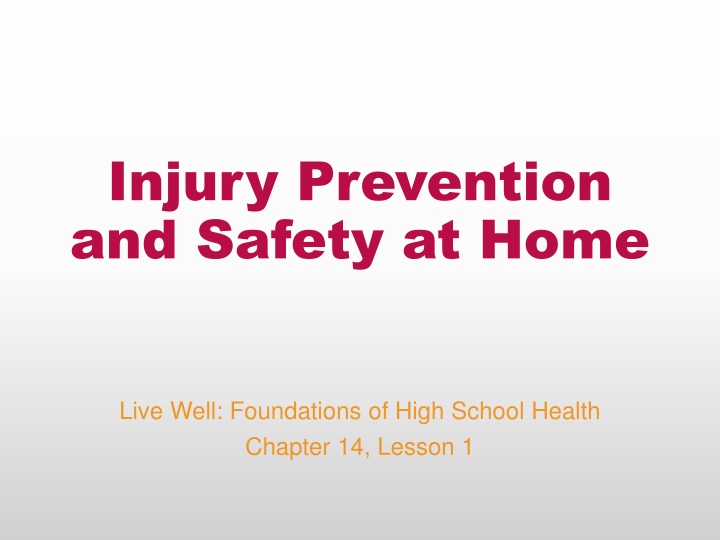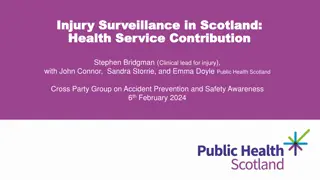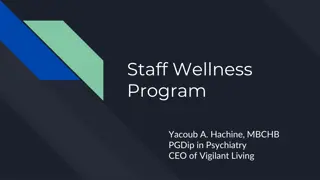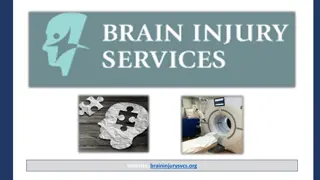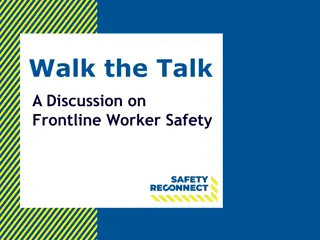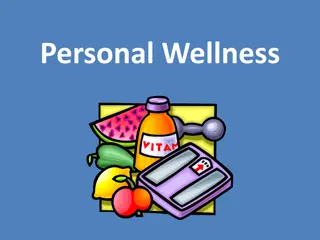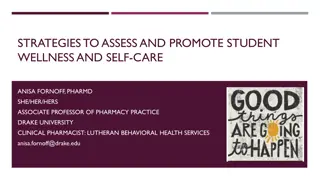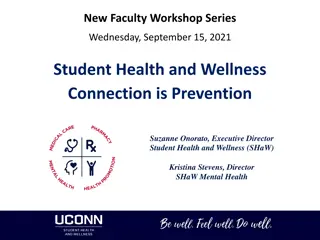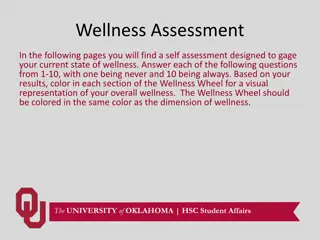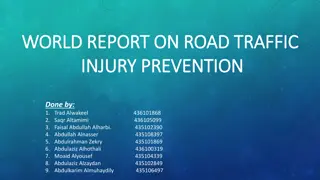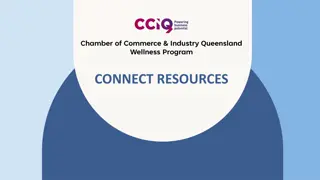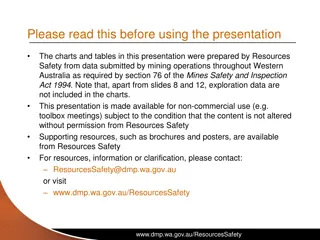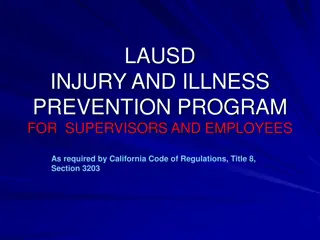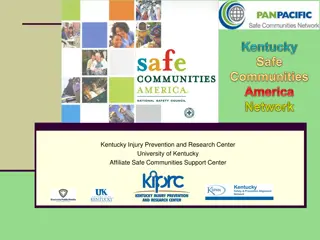Home Safety: Injury Prevention & Wellness
Injuries can be both unintentional and intentional, with falls, poisoning, and firearm safety being key concerns. Learn prevention strategies, create emergency plans, and prioritize safety at home to protect yourself and your loved ones.
Download Presentation

Please find below an Image/Link to download the presentation.
The content on the website is provided AS IS for your information and personal use only. It may not be sold, licensed, or shared on other websites without obtaining consent from the author.If you encounter any issues during the download, it is possible that the publisher has removed the file from their server.
You are allowed to download the files provided on this website for personal or commercial use, subject to the condition that they are used lawfully. All files are the property of their respective owners.
The content on the website is provided AS IS for your information and personal use only. It may not be sold, licensed, or shared on other websites without obtaining consent from the author.
E N D
Presentation Transcript
Injury Prevention and Safety at Home Live Well: Foundations of High School Health Chapter 14, Lesson 1
Write About It If you have been in a natural disaster, describe what happened. Was there something you wish you had done differently or had with you that you didn t? Why or why not? If you haven t been in a natural disaster, explain what natural disaster could strike where you live and what you are most worried about.
Can you . . . Differentiate between unintentional and intentional injuries? Analyze different ways to prevent falls in your home? Explain how to keep yourself and others safe from firearms in your home? Create a plan of what you should do if there is a fire in your home? Design a plan for what you would do if there was a natural disaster in your area?
Safety First Injuries are the leading cause of death in youth 19 years of age and under. Unintentional and intentional are two types of injuries: Unintentional injuries: caused by accidental or unplanned events, such as vehicle crashes, drowning, poisoning, fires, and falls Intentional injuries: caused by another person or self-inflicted to cause injury such as violence, suicide, self-injury, and homicide Being more safety conscious can help prevent many unintentional injuries.
Falls Falls are the leading cause of nonfatal injuries for children and teens. Follow these tips for preventing falls: Clear objects from the floor to remove tripping hazards. Have good lighting outside. Use night-lights to avoid tripping in the dark. Don t stand on a chair or table to reach something. If using a ladder, make sure someone is there to steady it for you.
Poisoning Poison is any substance that causes harm to a person if too much is eaten, inhaled, injected, or absorbed through the skin. Children under six can be poisoned by personal care products or household cleaning supplies such as detergent pods. Mixing prescription drugs can act like poison. Carbon monoxide poisoning can lead to severe illness and even death.
Firearm Safety Keep firearms unloaded and locked up. Add gun locks and lock ammunition separately from the firearms. When using a gun for hunting, keep the safety lock in place until you are ready to shoot. Treat every gun as if it were real and loaded. If you see or hear about someone having a gun at school, tell an adult right away. Even if it is not true, it s better to be cautious and report it.
Fire Safety Fire safety involves both planning to keep fires from ever starting and what to do if a fire does happen. Remember that three elements are needed for fire: heat, fuel, oxygen. If any one of these elements is removed, the fire will go out.
Make a Fire Escape Plan Try to have two ways out of every room in your house. Plan and practice each way out. Stay low to the floor when escaping a fire. Have a gathering place outside where your family members will meet after exiting. After you get out, call 911. Stay outside no matter what.
Natural Disasters Natural disasters are any type of severe weather or natural event that has the potential to threaten human health, safety, and property. Types of natural disasters include winter storms, floods, thunderstorms, tornadoes, hurricanes, earthquakes, volcano eruptions, wildfires, and tsunamis.
Preparing for Disasters Create a disaster preparedness plan. Sign up for your community or state warning system. Make sure you have food that will keep if power goes out, extra water, first aid supplies, flashlights, and batteries. Make sure you have food and water for your animals. Plan how you will communicate with your family members after a disaster.
Skill-Building Challenge You want to persuade family members and community members to lock their guns up so youth and teens cannot get to them. You also want to convince students to speak up if they hear of someone having a gun at school or threatening to harm someone. Use the Advocacy Skill Cues and the questions to complete the challenge.
